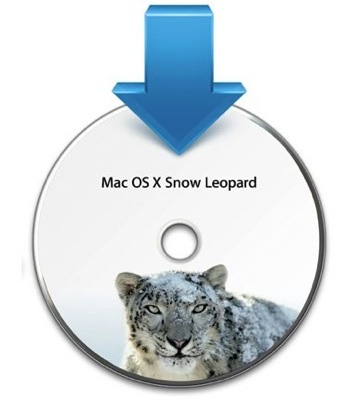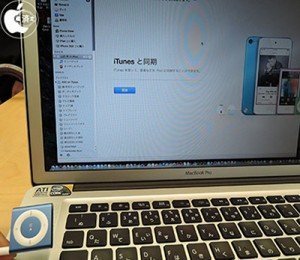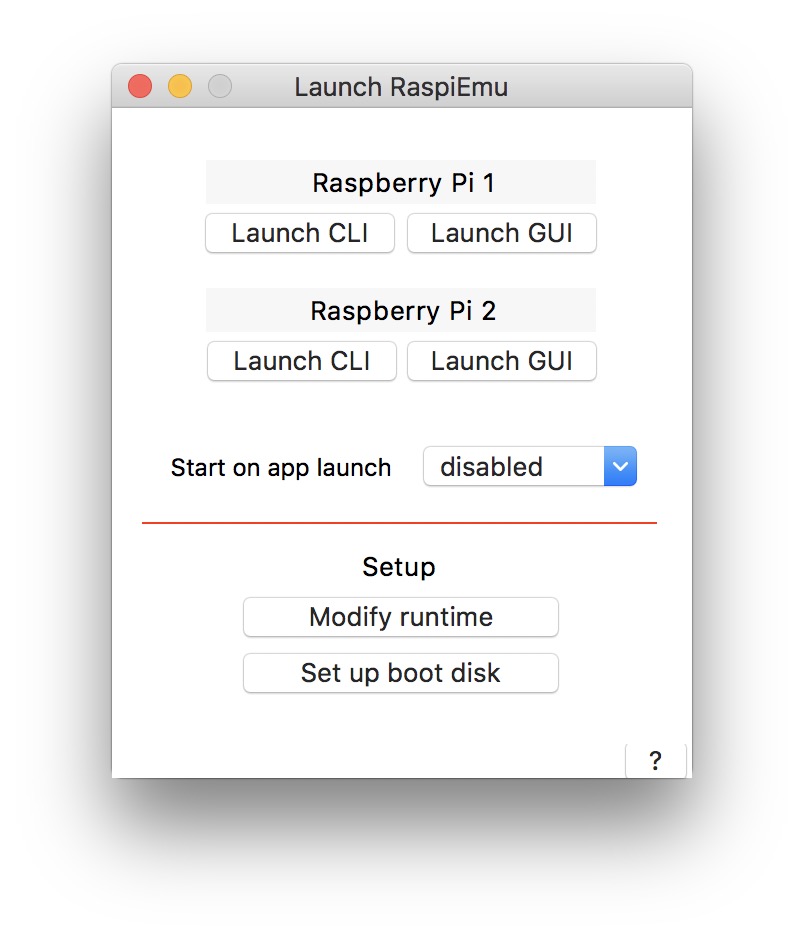

- #TELEGRAM FOR MAC 10.6.8 INSTALL#
- #TELEGRAM FOR MAC 10.6.8 DRIVERS#
- #TELEGRAM FOR MAC 10.6.8 UPDATE#
If you’ve ever worked in the Windows world, you may be familiar with Windows Safe Mode, which starts the operating system with the bare minimum level of drivers and software to help you isolate the cause of a software issue or conflict. These keys include holding the C key during boot to boot directly from an inserted CD, DVD, or bootable USB drive on older versions of macOS, and holding the N key to perform a NetBoot to a compatible network server.

The Mac Startup Manager works great if you have a number of boot options from which to choose, but your Mac also recognizes a few additional startup keys that direct it to boot immediately from a specific source. As long as the Mac is compatible with the operating system contained on the selected drive, your Mac will continue booting the designated operating system.Įxamples of when you may need to use the Mac Startup Manager include booting to your Windows Boot Camp partition, booting to a complete cloned backup of your system drive, or reinstalling macOS from a DVD or USB drive.

You can use your mouse, trackpad, or keyboard to select the desired drive, and either click on its upward arrow button or press Return once you’ve made your selection.
#TELEGRAM FOR MAC 10.6.8 UPDATE#
The Mac Startup Manager will update as needed, so if you add or remove bootable drives or devices on your Mac, the list will automatically display the current options. After a few moments, you’ll see all of the bootable devices appear on your screen accompanied by their corresponding icons and volume names. Simply reboot your Mac and hold the Option key on your keyboard as soon as you see the Mac’s startup Apple logo. But for those who want to use multiple internal drives or partitions, Windows via Boot Camp, or boot to external drives, you’ll need to use the Mac’s built-in Startup Manager. Most Mac users will probably only ever use the single drive that came with their system. To use this feature, you’ll need an active Internet connection and a Mac introduced after the public availability of OS X Lion, which includes the Mid-2011 MacBook Air and up. Further, if your Mac’s drive lacks a recovery partition for any reason, you may still be able to access macOS recovery tools via macOS Internet Recovery, which loads the recovery information directly from Apple’s servers.
#TELEGRAM FOR MAC 10.6.8 INSTALL#
To perform recovery tasks on older versions of macOS, such as OS X 10.6 Snow Leopard, users needed to boot from the install DVD.Ī recovery partition will be created by default on new macOS installations and upgrades, but not every Mac configuration is supported, including RAID system drives. Recovery Mode is possible thanks to the installation of a hidden recovery partition on your Mac’s hard drive and allows the user to perform the aforementioned tasks without needing a macOS DVD or USB installer.

You can let go of the keys when you see a screen similar to the screenshot below. Keep holding as your Mac boots, which may take a few moments depending on its specific configuration. To use Recovery Mode, reboot or start your Mac and hold the Command and R keys simultaneously on your keyboard as you see the iconic white Apple logo against a black screen. Starting with the release of macOS Lion in 2011, Macs have offered a Recovery Mode that users can access to diagnose hardware issues, restore Time Machine backups, manage hard drives, and even reinstall macOS itself.


 0 kommentar(er)
0 kommentar(er)
